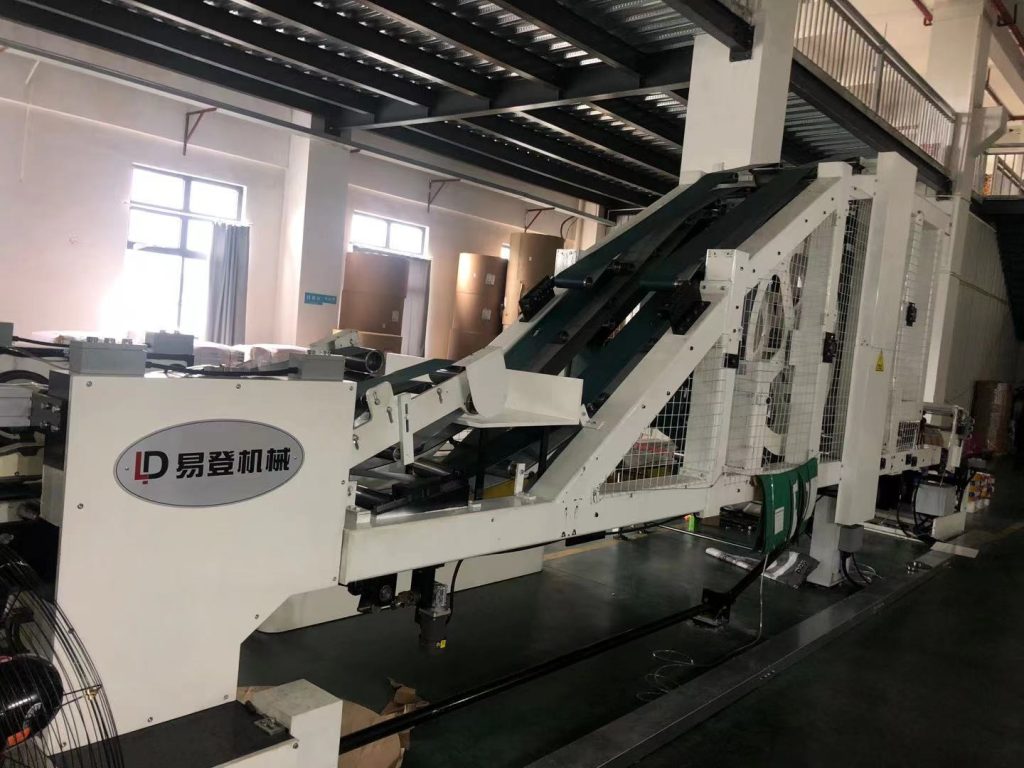Advancements in Retail Shopping Bag Manufacturing: The Role of Automated Bag Making Machines
Release time:2025-05-12 Classification:Knowledge
The production of retail shopping bags has evolved significantly with the introduction of advanced bag making machines. These systems streamline the manufacturing process, ensuring efficiency, precision, and scalability for businesses aiming to meet growing consumer demands. This article explores the key features, operational benefits, and technological innovations of modern retail shopping bag making machines.

Core Components and Workflow
A retail shopping bag making machine integrates multiple processes into a single automated system. Key components include material feeding units, printing modules, cutting mechanisms, and sealing stations. High-speed servo-driven systems synchronize these stages to produce bags with consistent dimensions, reinforced handles, and vibrant graphics. The machines accommodate materials such as recycled polyethylene (PE), non-woven fabric, and paper, enabling manufacturers to align with sustainability goals.
Precision and Customization
Modern machines leverage programmable logic controllers (PLCs) and touchscreen interfaces to adjust parameters like bag size, handle type, and print designs. Laser-guided cutting systems ensure millimeter-level accuracy, minimizing material waste. Customizable features allow for the production of T-shirt bags, die-cut handles, or gusseted designs, catering to diverse retail requirements.
Energy Efficiency and Output Capacity
Advanced motor technologies and heat recovery systems reduce energy consumption by up to 30% compared to traditional models. Machines equipped with high-speed rotary units can produce over 120 bags per minute, making them ideal for large-scale operations. Automated quality control sensors detect defects in real time, ensuring compliance with industry standards.
Sustainability Integration
Retail shopping bag making machines now prioritize eco-friendly production. Features like ultrasonic sealing eliminate the need for adhesives, while precision material handling reduces scrap generation. Manufacturers can seamlessly switch to biodegradable or compostable films, supporting global efforts to reduce plastic waste.
Future Trends
Emerging technologies, such as AI-driven predictive maintenance and IoT-enabled performance monitoring, are set to further optimize production cycles. These innovations enhance machine longevity and minimize downtime, solidifying automated bag making systems as indispensable tools in retail packaging.
In conclusion, retail shopping bag making machines represent a fusion of engineering excellence and environmental responsibility. By enhancing productivity, reducing costs, and enabling sustainable practices, these machines empower manufacturers to meet the dynamic needs of the retail industry.






